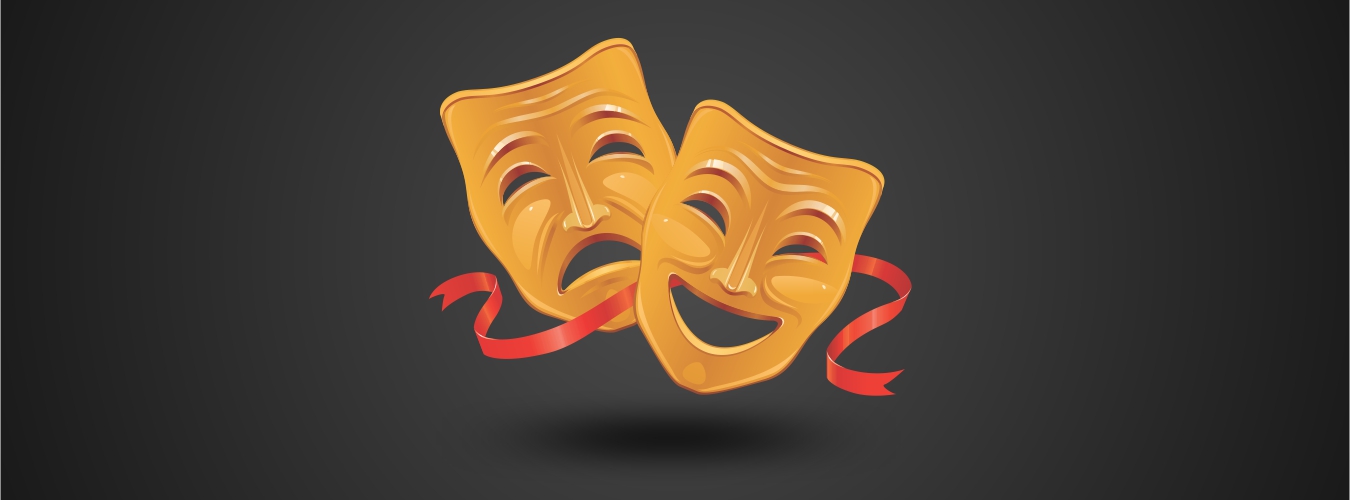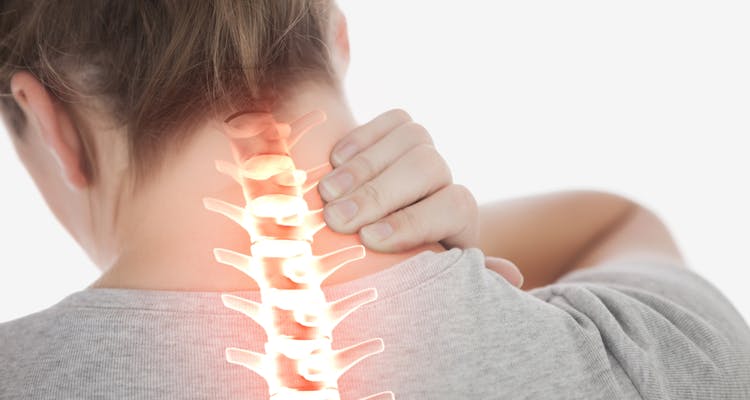Neck pain can stem from various diseases and conditions and can affect any tissue in the neck.
Neck pain can only be prevented by avoiding neck injuries. This includes minimizing the risk of injury during sports activities.
Athletes participating in collision sports can wear appropriate gears to strengthen neck movement and occasionally stabilize the neck to prevent injuries.
Contents
What is Neck Pain?
Your spine is made up of vertebrae stretching from the brain to the torso. The cervical disc absorbs vibrations between the bones.
The muscles, ligaments, and tissues in the neck stabilize and move the head. Neck discomfort may be caused by some deformity, swelling, or injury.
Some people may feel frequent pain or stiffness in the neck. In certain conditions, this may result from poor posture. Often neck injury is caused by falling, competitive sports, or whiplashes.
In most cases, neck pain is not serious and may go away in a few days.
On the other hand, neck discomfort may also suggest a severe accident or disorder that usually requires medical treatment.
If your neck pain lasts longer than a week, is very severe, or has other symptoms, see your doctor right away.
The Causes of Neck Pain
There can be many reasons for neck pain or stiffness.
Muscle strain and tension
This is generally due to actions and behaviors such as:
- Bad posture
- Working too long at a desk without changing position
- Sleeping with poor neck posture
- Neck tremor during exercise.
Injuries
The neck is extremely prone to injury, particularly in accidents, car crashes, and activities, where the muscles and joints of the neck are strained outside their usual range of motion.
In case of a cervical bone (cervical spine/ vertebrae) fracture, this can cause damage to the spinal cord. Whiplash is a term used to describe a neck injury caused by a rapid turn of the head. Here is some information about whiplash injury.
Other Reasons
Rheumatoid arthritis can cause pain, joint swelling, and bone spurs. When these symptoms appear in the neck, they can lead to neck pain.
Osteoporosis weakens the bones and causes small fractures. This problem most often affects the arms and hands, but it may also spread to the spine.
Fibromyalgia is a disease that causes muscle soreness all over the body, particularly in the shoulders and neck.
The spinal intervertebral discs degenerate with time. This is known as spondylosis or neck osteoarthritis. The gap between vertebrae becomes narrow, as a result, it puts more strain on the joints.
When a disc gets displaced due to injury or trauma, it can result in more pressure on the spinal cord or nerve roots. This condition is known as a herniated cervical disk, also identified as rupture or spondylolisthesis.
As the spine narrows and condenses the spinal cord or neural stems as they pass the vertebrae, spinal stenosis results. This may be due to arthritis or other medical conditions caused by long-term inflammation.
How to Get Rid of Neck Pains?
Here are some of the common methods to get rid of neck pains.
Maintain a supportive position
Neck pain and injury can result from improper posture, which stretches the muscles and joints protecting the neck.
Bad posture with a tilted shoulder is the most frequent source of neck pain.
Every inch of forwarding head movement stretches back and neck muscles by 10 pounds. A 5-inch forward motion generates 50 pounds of additional force. Remember, do not bend your chin inward to prevent this from happening.
This pose makes your upper back lean forward, putting pressure on your entire spine. You can also use the Iron Neck as a way to strengthen the muscles in the neck to help provide more support. In case you are wondering what this iron neck is, here is an in-depth iron neck review.
Try a new Pillow
There are many options for comfortable sleep and neck support, and you may need to experiment to find out the one best suits your needs. Generally, it is best to use a pillow that keeps your cervical spine neutral, to support and maintain your neck’s natural curve.
Try sleeping on your back
The safest posture for a comfortable rest of the whole spine is to sleep on your back. Many individuals with neck issues find relief by laying on their sides and keeping a cushion underneath the armpit.
The point is that holding each arm can reduce the pressure on the neck.
Some people with spondyloarthropathy or stenosis may find it easier to sleep on a slight incline position, add a wedge-shaped foam pillow to the bed, and switch to an adjustable bed.
If you prefer to lie side-wise, make sure that the pillow is not too high, about 4 to 6 inches, based on the pillow’s thickness and the space between your shoulders and neck.
In general, this height should prevent the head and neck from unnaturally twisting or bending in any direction. If you are concerned about your sleeping positions, find out more about how safe is your sleeping position.
Keep the monitor at eye level
Sit in front of the computer and close your eyes. When you open your eyes it should be directly on the first third of the computer screen. Raise the display if you are looking downward.
Since most laptops need you to turn your head to see the screen, attaching your laptop to a different monitor or screen is often beneficial.
Avoid straining your neck while texting
Texting or looking at a cell phone or mobile device at any time will cause excessive neck fatigue.
Tips to avoid neck injury from texting include:
Raise your phone or mobile device to eye level.
Reduce message time.
- Place your hands and device on your pillow.
- Take frequent breaks.
Relieve trigger point pain
Stimulating the cervical spine’s small joints at the bottom of the neck can cause pain in the muscles’ trigger points. You can apply massages to reach these pressure points and alleviate pain.
Conclusion
For chronic neck pain, self-care is possible, and preventive measures should be taken, such as reducing the neck’s load by sitting more, correcting your posture, and trying other home remedies mentioned above, like stretching the muscles.
Heat and cold therapy usually work to some extent, but you will need your doctor’s support to fully relieve the pain and make sure you do not cause further damage.






Comments are off this post!